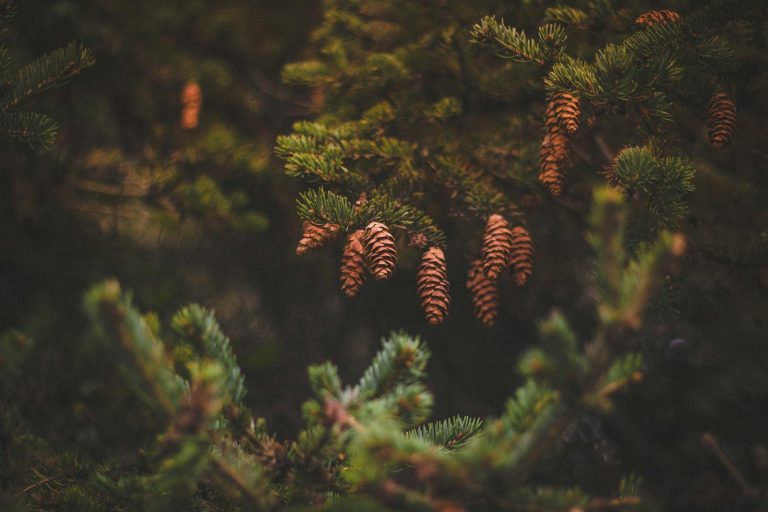In a survival scenario, knowing how to create essential supplies from scratch can mean the difference between life and death. Gunpowder is one such critical component that can be indispensable for self-defense, hunting, and signaling in emergencies. In this guide, we’ll walk you through the steps to make gunpowder using common ingredients found in nature.

What is gunpowder made of?
Gunpowder, also known as black powder, is traditionally composed of three key ingredients: potassium nitrate (saltpeter), charcoal, and sulfur. Each ingredient plays a vital role in the combustion process, creating the explosive force necessary for firearms and other applications.
Gathering Ingredients
The first step in making gunpowder is sourcing the necessary ingredients. Potassium nitrate can be obtained from natural sources such as decomposing organic matter, caves with bat guano deposits, or purchased from chemical suppliers.
Charcoal can be made by burning wood in a controlled environment to create carbon-rich residue. Sulfur is commonly found near volcanic regions or can be purchased from gardening or chemical supply stores.
Safety First: Make Sure You Have These Items
Before you begin the process of making gunpowder, prioritize safety by ensuring you have the following items:
- Gloves: Protect your hands from direct contact with potentially harmful chemicals and dust by wearing gloves throughout the mixing and handling process.
- Eye Protection: Shield your eyes from accidental splashes, spills, or airborne particles by wearing protective goggles or safety glasses.
- Breathing Mask: Prevent inhalation of harmful dust and fumes by wearing a breathing mask or respirator rated for particulate matter.
Preparing Ingredients
Once you have gathered the ingredients, it’s essential to prepare them for mixing. Potassium nitrate may need to be refined from raw sources by dissolving it in water and filtering out impurities. Charcoal should be finely ground to increase its surface area for better combustion. Sulfur may need to be melted and purified before use.
Mixing the Components
In a well-ventilated area, combine the ingredients in the correct proportions. A typical gunpowder recipe consists of 75% potassium nitrate, 15% charcoal, and 10% sulfur by weight. Carefully measure and mix the components thoroughly to ensure even distribution.
Grinding and Mixing
To achieve a uniform mixture, grind the ingredients together using a mortar and pestle or a ball mill. This step is crucial for ensuring consistent combustion and preventing uneven burning.
Moistening and Forming
Once the ingredients are finely mixed, add a small amount of water to form a paste-like consistency. This moisture helps bind the components together and aids in forming pellets or grains. Shape the mixture into small balls or grains and allow them to dry thoroughly.
Drying and Storing
After forming the gunpowder into pellets or grains, allow them to dry completely in a well-ventilated area. Once dry, store the gunpowder in airtight containers away from heat and moisture to prevent degradation.
Safety Precautions
When handling gunpowder ingredients and during the mixing process, it’s essential to take proper safety precautions. Wear protective gear such as gloves, goggles, and a mask to prevent exposure to harmful chemicals and dust. Avoid open flames and sparks, as gunpowder is highly flammable and can be explosive in certain conditions.
Final Thoughts
You can easily make gunpowder by following this step-by-step guide! Remember to adhere to all safety guidelines and regulations when handling and storing gunpowder, and only use it in lawful and responsible ways.
With the knowledge of how to make gunpowder, you can enhance your survival skills and be better prepared for unforeseen challenges in the wilderness.
FAQ
Is it legal to make gunpowder at home?
The legality of making gunpowder at home varies depending on your location and local regulations. In many places, it is legal to make small quantities of gunpowder for personal use, such as for educational purposes or recreational activities like black powder shooting or fireworks making. However, it is crucial to research and comply with all applicable laws and safety regulations regarding the manufacture, storage, and use of explosive materials.
What safety precautions should I take when making gunpowder?
Safety is paramount when working with explosive materials like gunpowder. Always wear appropriate protective gear, including gloves, goggles, and a mask, to prevent exposure to harmful chemicals and dust. Work in a well-ventilated area away from open flames and sparks, as gunpowder is highly flammable. Follow proper handling and storage procedures to minimize the risk of accidents or injury.
Can I substitute or omit any of the ingredients in gunpowder?
Gunpowder consists of three primary ingredients: potassium nitrate, charcoal, and sulfur. While it may be possible to substitute some ingredients in certain situations, such as using alternative sources of potassium nitrate or charcoal, it is essential to understand the potential impact on the performance and safety of the gunpowder. Omitting or altering ingredients may result in a less effective or unreliable product, so it is generally not recommended without proper knowledge and expertise.
How long does homemade gunpowder last?
The shelf life of homemade gunpowder can vary depending on factors such as storage conditions and ingredient quality. When stored properly in airtight containers away from heat, moisture, and sunlight, gunpowder can remain stable for several months to a few years. However, over time, the potency and effectiveness of gunpowder may diminish, so it is advisable to periodically test and replace stored batches as needed.
Are there any alternative methods or recipes for making gunpowder?
While the traditional method of making gunpowder involves mixing potassium nitrate, charcoal, and sulfur in specific proportions, there are alternative methods and recipes that may yield similar results. Some individuals experiment with different ingredients or processes, such as using alternative sources of nitrate or modifying the grinding and mixing techniques. However, it is essential to approach such experiments with caution and to thoroughly understand the potential risks and implications of any deviations from established practices.
What are some common mistakes to avoid when making gunpowder?
Some common mistakes when making gunpowder include inaccurately measuring ingredients, inadequate mixing or grinding, using contaminated or impure ingredients, and failing to properly dry or store the finished product. It is essential to follow precise procedures and safety precautions to ensure the quality and reliability of the gunpowder. Additionally, avoid rushing through the process and take the time to thoroughly understand each step to minimize the risk of errors or accidents.




